Real-space imaging of metal-mediated nanostructures
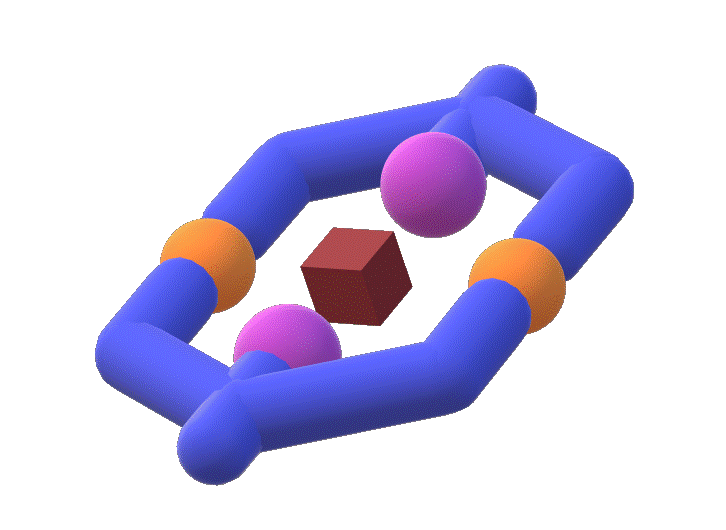
Supramolecular, cyclic structures can be used as hosts to investigate the processes taking place inside confined regions at the nanoscale level. This project involves characterising and manipulating these structures on metallic surfaces under ultra-high vacuum conditions using a Scanning Tunnelling Microscope (STM).
Disentangling One- and Two-dimensional Confinement Effects from Wall Effects
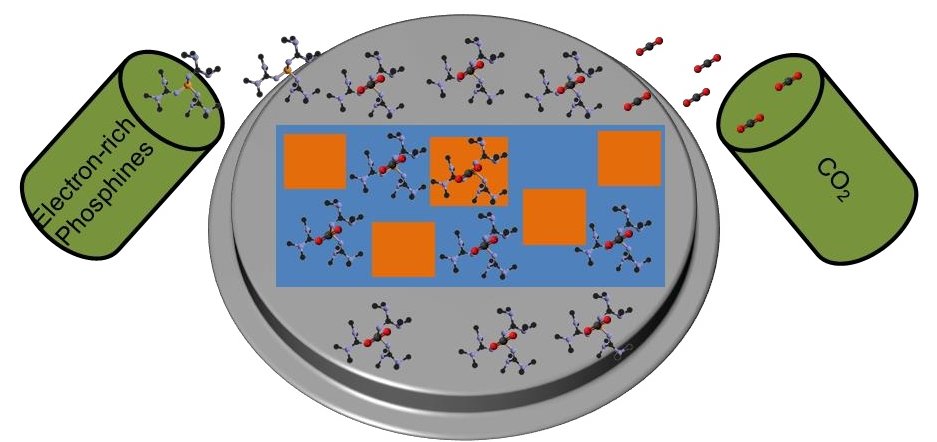
This project aims to investigate the effect of confinement on chemical reactions. Confinement increases the collision probability, but it might limit the flexibility of reactants during a chemical reaction. A surface science approach can study this effect of the confinement to one or two dimensions.
Insight into the dynamics of photoinduced chemistry under restricted solvation conditions
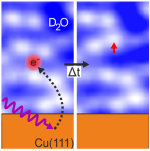
The photo induced solvation dynamics of organic molecule is investigated under restricted solvation conditions using low temperature scanning tunneling microscopy. An electron is induced into a photoreactive molecule from the metallic surface where it was excited through a femtosecond laser pulse, focused into the tunneling region. This photoreaction will take place in an amorphous ice environment and then in other solvent mixtures to study the influence of the solvent.
Tuneable Laser Induced Photolytic Reactions of Organic Molecules Under Confinement
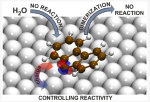
In order to study complex, yet fundamental, chemical processes such as organic reactions or solvation, a low interacting environment is required. To get unperturbed real space insight to these processes by STM, our central strategy is to utilize solid Xenon layers on metals surfaces as a low interaction interface.
Electron solvation dynamics in ammonia clusters adsorbed on copper surface
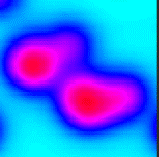
In this project, we observe laser assisted processes occurring in ammonia clusters on copper metal surfaces. We aim at probing the diffusion of single molecules and small clusters. We investigate the clusters as well as to investigate electron solvation in bigger clusters.
Microscopic Investigation of semiconductor water interaction on crystal surface
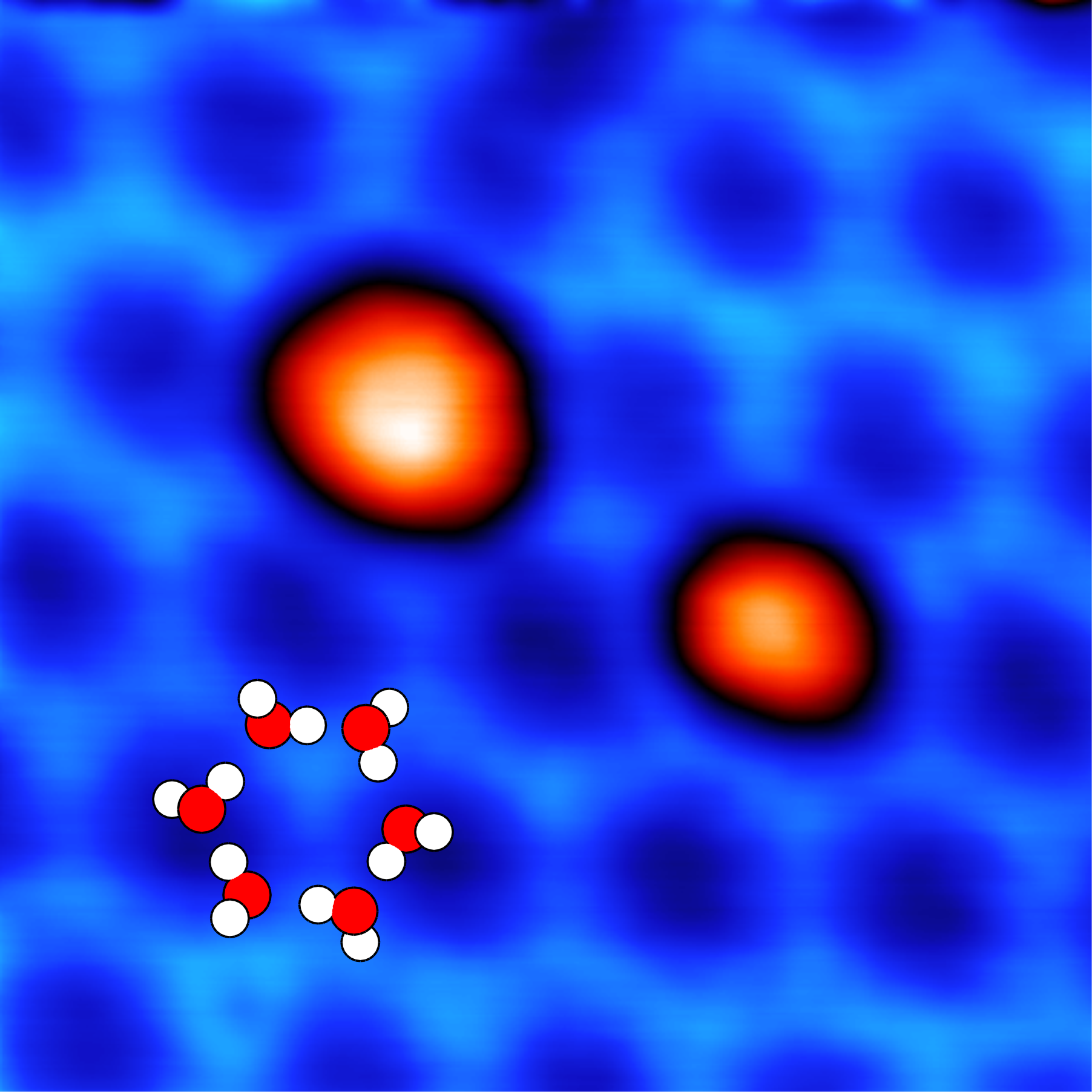
Zinc oxide (ZnO) is a large bandgap semiconductor which is widely used as a catalyst, e.g. for the water gas shift reaction. Therefore, it is fundamentally important to understand the interaction of water with ZnO.
Ion-solvent dynamics at interfaces on microscopic, molecular length and time scales
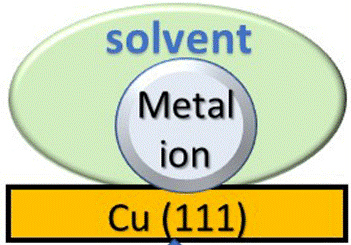
Ion-solvent interaction and electron transfer across hybrid interfaces are of fundamental interest because of their widespread application in energy storage and energy conversion. In this project, we investigate simple solvatomers on single-crystal metal surfaces which are consist of ions with co-adsorbed solvents.
Hydration of an azobenzene derivate
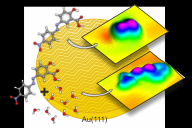
Solute-solvent interactions play an important role in chemistry. The course of a chemical reaction may be altered completely, by changing the solvent. The most abundant solvent on our planet is water. Therefore, it is of the utmost significance to understand the interactions between water and the molecules it solvates.
Properties and photodissociation of diazocarbene precursors
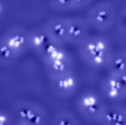
Carbenes are interesting compounds for organic and inorganic chemists because of their unique reactivity. They may exist in a singlet or triplet state depending on their molecular composition and structure. Smart choice of these two parameters allows reducing the energetic gap between singlet and triplet state. Matrix isolation experiments showed that an appropriate stimulus (e.g. light) is then able to switch the carbene between the two states [1]. We will investigate this behavior with low temperature scanning tunneling microscopy on the single molecule scale.
Inelastic electron tunneling spectroscopy at solvent related structures
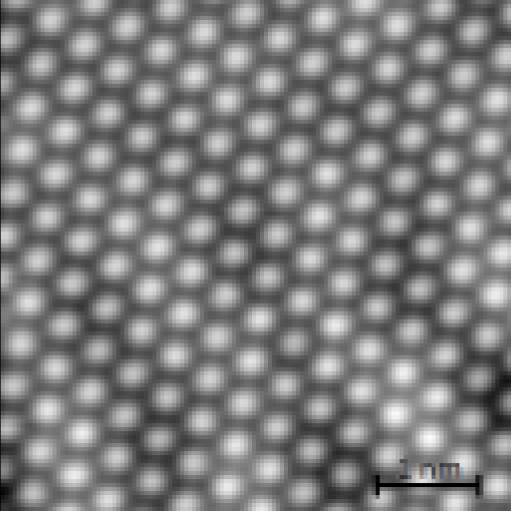
Solvation is a main mechanism for chemical processes, as it determines synthesis and catalytic reactions and is a cutting edge in modern physical chemistry.
To understand solvation on a single molecules basis we use a bottom up approach. In this approach we add single water molecules to adsorbed species on a surface.
Characterization of the adsorption geometry of halogenobenzene derivatives on metal surfaces by FTIR spectroscopy
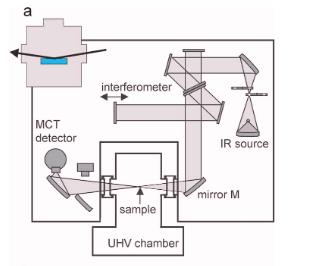
To understand the mechanisms of heterogeneous catalysis in detail, the adsorption of organic molecules on metal surfaces is investigated. A well-established method for this system is the Fourier-transform Infrared spectroscopy, in which the absorption of infrared light induces vibrations of the adsorbed molecules.
Influence of ions and their solvation on the structure of water on metal surfaces
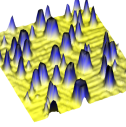
To understand electrochemical processes close to solid-liquid interfaces, it is necessary to investigate the influence of ions and their solvation on the structure of water on metal surfaces. The results can help to understand the process of solvation close to electrodes and, thus, be important for electrocatalytic applications. However, up to now only a few experiments can be found in literature describing solvation on an atomic scale.
Interaction of Porphyrins with Pre-structured GaN at Room Temperature: Multi STM Study
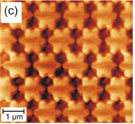
Gallium Nitride (GaN) is a III/IV group, large bandgap semiconductor. Its unique properties, such as high-thermal conductivity, mechanical stability, and, mainly direct bandgap of 3.4 eV, makes GaN an important material for numerous applications ranging from light-emitting diodes (LEDs), high-power electronics, and high-temperature operating devices to photocatalysis.
Looking deep into Water
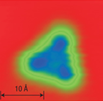
The low-temperature STM/AFM is a combination of an Atomic Force Microscope and a Scanning Tunneling Microscope. The combination of these two powerful scanning probe techniques with subatomic resolution allows us to observe the electronic and the atomic structure of the surface at cryogenic temperatures and manipulate single molecules and atoms.
Investigation of the water gas shift reaction by spatially and time resolved pump-probe experiments

The aim of this work is the setup of a pump-probe experiment, combining the high time resolution (fs = 10-15 s) of a laser with the high spatial resolution (100 pm = 10 10 m) of a scanning tunneling microscope (STM). Pump-probe experiments use ultra-short laser pulses to excite the sample in a first step. After a certain delay time, another laser pulse is used to transfer the sample to another excited state. In our case, the two resulting excited states are measured using the STM at temperatures as low as 5 K. The excitation process is tracked in real time by varying the time delay of the laser pulses.
Combination of a fs-laser with a STM
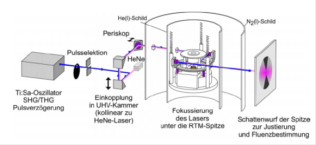
The aim of this project is the reassembling and implementing of a low-temperature STM with a fs-laser system. Both methods were used successfully for decades. The combination of both techniques enables unique insights in the behavior of single atoms and molecules.
Interaction of water molecules with different molecular adsorption on metal surfaces studied by fast STM
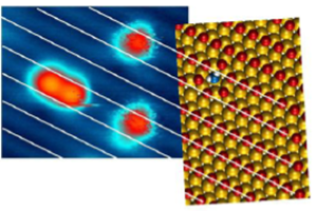
The investigation of molecular adsorbates on metal surfaces and their physio-chemical reactions is of great interest due to their important applications in different fields such as fuel cells, semiconductor industry, corrosion science, environmental chemistry, and catalysis. Insight into molecular interactions with water is a principle step to understand the chemical process and to develop the wetting characteristics of the materials.

